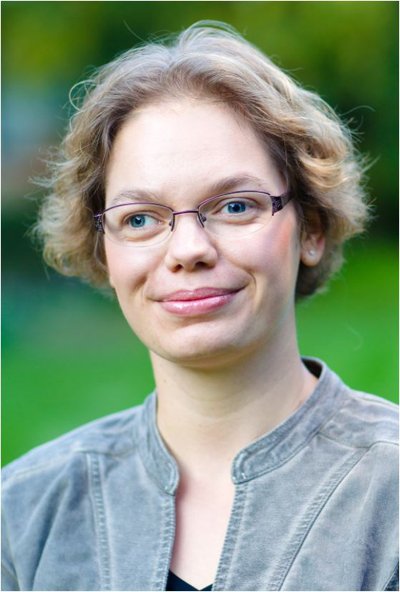integration technologies for rare-earth ion doped gain materials on glass
Carlijn van Emmerik is a PhD student in the research group Optical Sciences. Her supervisor is prof.dr. S.M. Garcia Blanco from the Faculty of Science and Technology.
 The integration of crystalline potassium yttrium double tungstate (KY(WO4)2) and amorphous aluminum oxide (Al2O3) - both host for rare-earth ions - on glass substrates has been demonstrated in this thesis. The work was performed with the aim to develop an integration process that allowed the fabrication of waveguide devices with standard lithography and etching procedures.
The integration of crystalline potassium yttrium double tungstate (KY(WO4)2) and amorphous aluminum oxide (Al2O3) - both host for rare-earth ions - on glass substrates has been demonstrated in this thesis. The work was performed with the aim to develop an integration process that allowed the fabrication of waveguide devices with standard lithography and etching procedures.
The first part of this thesis demonstrates the integration methods towards the realization of thin KY(WO4)2 layers on glass. Different bonding methods for the integration of KY(WO4)2 on glass are tested (i.e., manual, flip-chip assisted and wafer bonding) in combination with low temperature optical curable adhesive and high temperature (≥ 150 ºC) curable adhesive as well as direct bonding. Further, a lapping and polishing process of KY(WO4)2 is developed. The lapping process is first developed on thick (>300 µm) KY(WO4)2 layers, the final goal being to lap the samples from roughly 1 mm down to 1-2 μm.
The second part of this thesis describes the integration of Al2O3 on glass at wafer level. Fabrication specifications were formulated to achieve single active-passive Al2O3 devices. The influence of oxygen flow during RF reactive co-sputtering on the optical properties of Al2O3 is investigated. During this research the relative oxidation state is introduced as parameter to identify the optimal process parameters. This description allows to identify an optimal relative target oxidation of 5.0 ± 1.5 % (at a set temperature of 580 ºC) for low-loss optical Al2O3 layer independent on the drift in the system. Finally, two integration methods for single layer active-passive Al2O3 are developed. One of the methods is based on deposition through a shadow mask and chemical mechanical planarization while the other method is based on deposition through two different masks.
The processes and knowledge gained in this research can be transferred to develop a heterogeneous integration process for other laser crystals on glass substrates (e.g., YAG, diamond, sapphire) or fabrication of other amorphous layers used for optical applications that are produced by RF reactive co-sputtering (e.g., TeO2, TiO2, Ta2O5).





